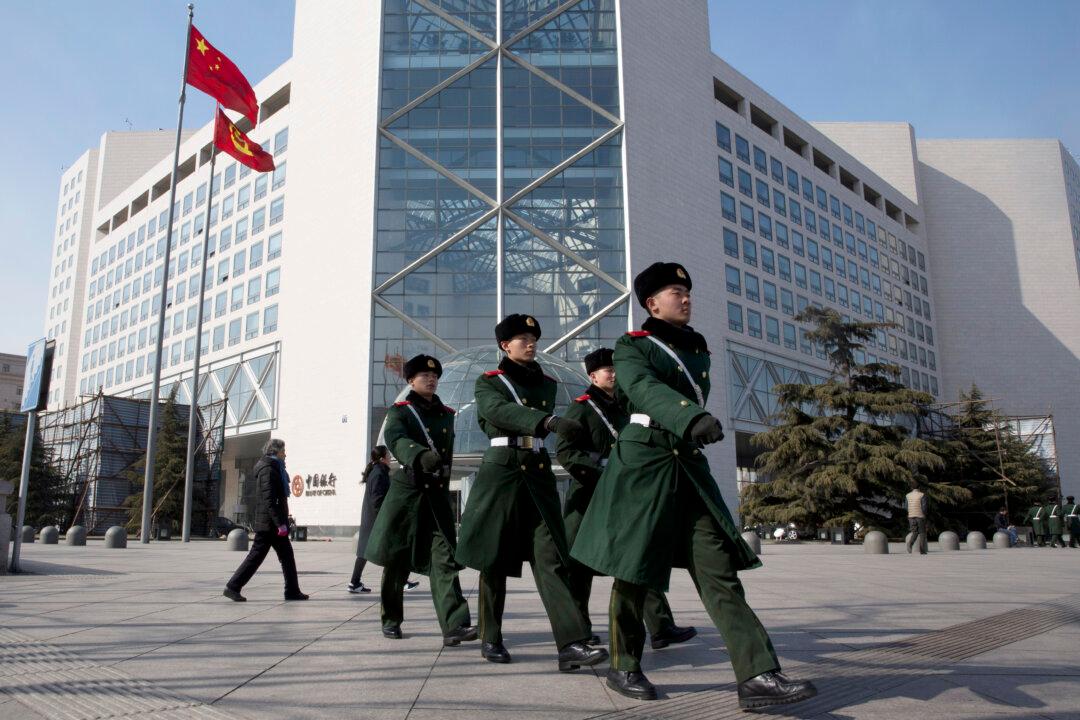After market crises, it sometimes takes a while for the real picture to emerge, the reasons why Western stocks followed the Chinese currency down at the end of 2015.
So it is only now that we learn how much money international banks withdrew from China in the fourth quarter of 2015 and how this unwind of lending caused a liquidity squeeze, thanks to minute data aggregation from the Bank of International Settlements (BIS).
“The $114 billion decline in cross-border lending to China was the second quarterly drop in a row, and it pushed the annual growth rate down to –25 percent,” the BIS states in its quarterly review published this June.

The trend of lending to China has clearly turned. BIS





